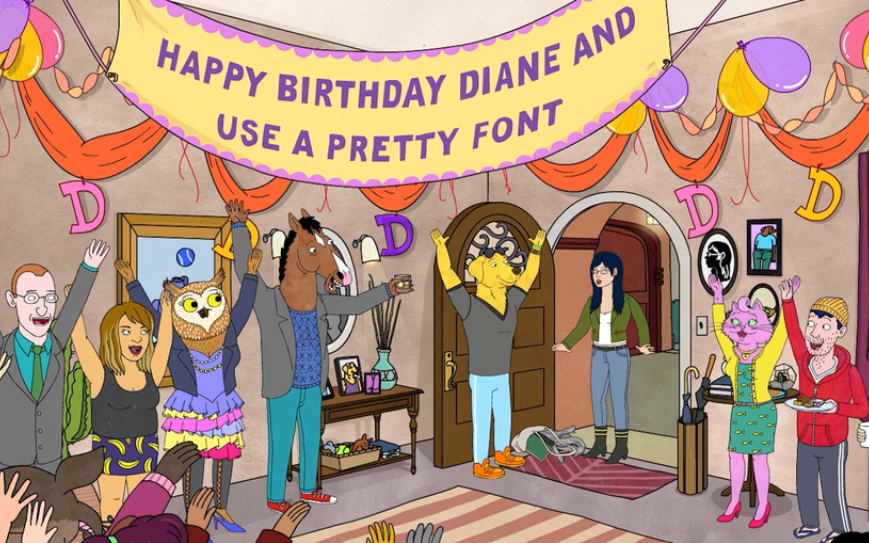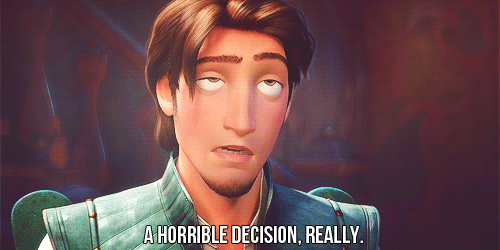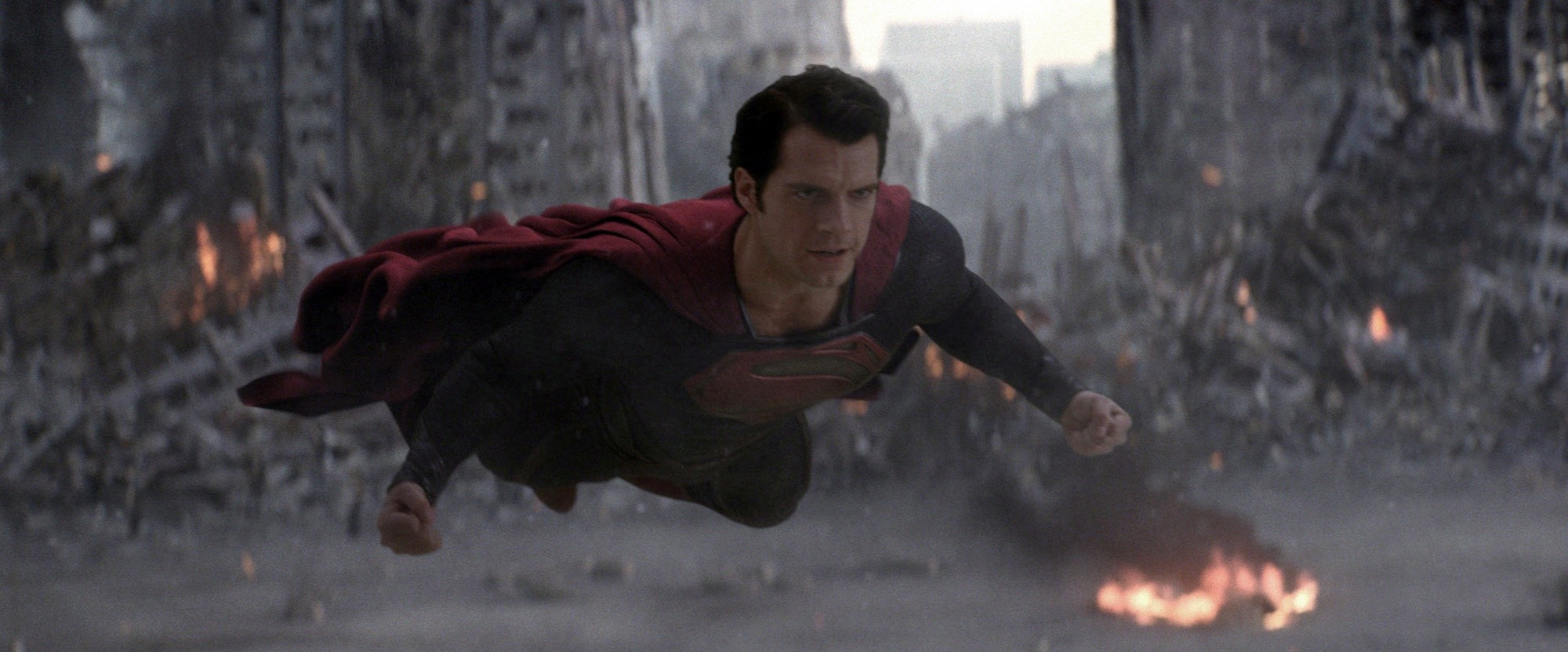BoJack Horseman follows Arrested Development arnett Will Arnett as the titular anthropomorphic horse trying to get his life back together. The show takes place in a world where humans and anthropomorphic animals live side by side. What makes it interesting is that BoJack Horseman is much less of a comedy than it seems to be. The show is actually a dark character study of a group of deeply unhappy people dealing with depression and other mental health issues. BoJack seeks happiness while trying to move past his dark childhood and overbearing, unloving parents.
Most of the humor that is present in the series is derived from the background jokes and animal puns that are present while the drama takes place within the characters. The background of every scene is chock full of gags that require multiple viewings to catch.
The shows first season was given mixed reviews mainly based off the show's first five episodes. However critics agreed that once the show found its footing it became critically acclaimed. Season two was highly praised as being one of the smartest shows on television. I highly recommend watching this show and giving it at least the first season to really get you hooked. Watch this show.










































